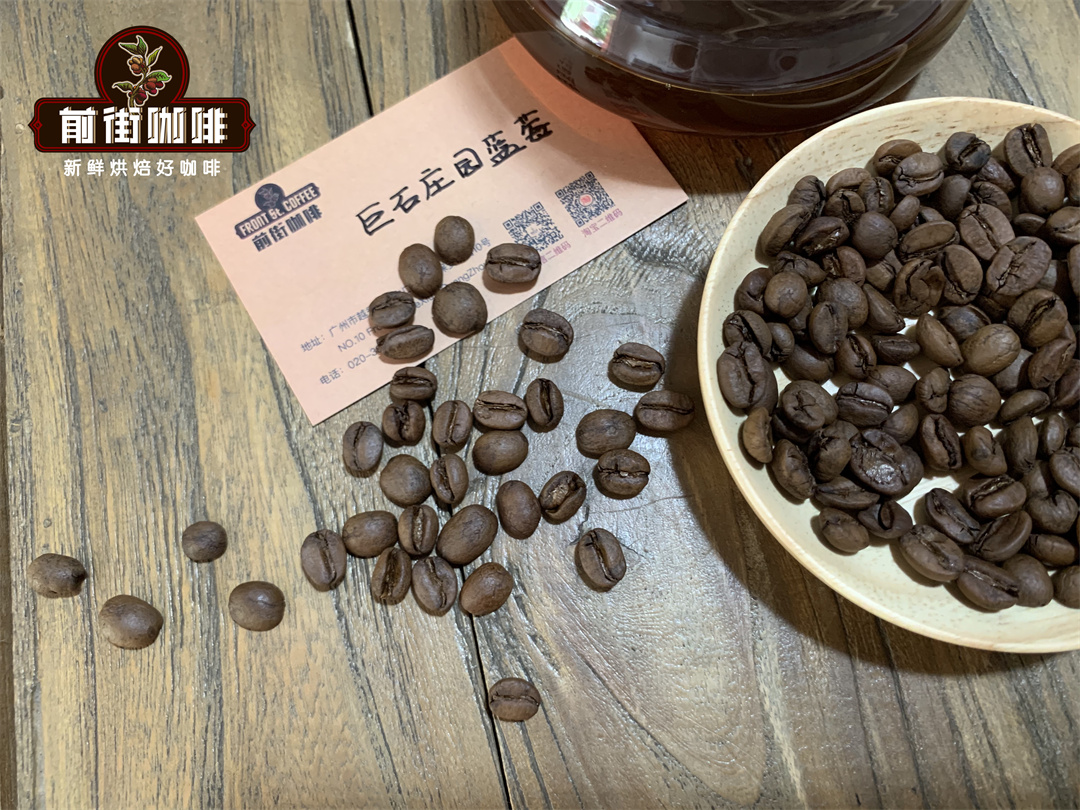Development of Flavor change of Coffee Bean by Honey treatment in Costa Ricarazu
When it comes to Costa Rican coffee, the most fascinating thing is the strong flavor of the honey treatment of coffee beans, and also the boutique coffee beans of musicians from Costa Rica. But more than a decade ago, coffee in Costa Rica was not like this. How the special coffee flavor of Costa Rican coffee has grown to where it is today.
Tarazhu is the most representative coffee producing area in Costa Rica. it is located in the south of the Costa Rican capital San Jose, with an elevation of 1200-1700 meters, and the production season is from December to March of the following year.
Honey treatment is between sun treatment and water washing treatment. The sweetness of honey treatment depends on the setting of pulp scraping machine. The more pectin is retained, the sweeter the honey treatment is. Why? Coffee fruit consists of pericarp, pulp, pectin, parchment, silver peel and core (coffee beans). The pulp and pectin in coffee fruit contain the most sugar in the whole coffee bean, so in the process of honey treatment, keeping the amount of pectin in the pulp of coffee fruit will affect the amount of sugar in the pectin in the pulp of coffee bean during drying. But there are also drawbacks because of the high sugar content.
After the method of peeling and tanning, originally known as "peeling and tanning" in Brazil, was introduced to Costa Rica, the peeling and solarization of coffee cherries, as the name implies, is to remove some of the peel and pulp of coffee cherries, shorten the drying time, and then take out the coffee beans. it is an attempt to shorten the processing time, but the treatment of Brazilian coffee has not been taken seriously in Brazil.

Beat off the skin and flesh, and then bask in the sun, this is the prototype of honey treatment. When the practice of peeling and sunburn spread to Costa Rica, it aroused the interest of agricultural universities, did a lot of research and improvement, and made many different versions of flavor changes with coffee growers, that is, the familiar white honey treatment, yellow honey treatment, red honey treatment, black honey treatment, raisin honey treatment, and even anaerobic honey treatment. From then on, ordinary coffee beans have become ever-changing flavor coffee beans!
How can we increase our chances of picking delicious coffee beans? As a matter of fact, there are still some, which should start from a more basic aspect: coffee cherries of better quality are more likely to become beautiful coffee beans after honey treatment. While high-quality coffee cherries come from better producing areas, the best producing area in Costa Rica is called Tarraz ú, which almost entirely grows Arabica coffee, with mainstream varieties, while climate and soil conditions also dominate the country. Starting from the altitude, the local height falls at 1200-1700 meters, which is most suitable for Arabica coffee to thrive. In terms of climate, there are only two seasons, with a relatively dry season from December to April and a rainy season from May to October. So the coffee can be collected twice a year. The soil is particularly fertile thanks to volcanic watering.
Important Notice :
前街咖啡 FrontStreet Coffee has moved to new addredd:
FrontStreet Coffee Address: 315,Donghua East Road,GuangZhou
Tel:020 38364473
- Prev

Which coffee producing areas are there? an introduction to Guatemala's boutique coffee bean producing areas. Why does it have a unique smoky smell?
Guatemala is a famous producer of high-quality Arabica coffee in Central America. Its unique geographical conditions make it a special presence in coffee cultivation and coffee bean flavor. Among the many coffee flavors, smoke has always been considered to be a defective taste. But Guatemalan coffee beans have a smoky smell in the end.
- Next

Which is better, Starbucks coffee or handmade coffee? What is the difference between hand-brewed coffee beans and coffee beans?
What kinds of coffee do you have at Starbucks? Starbucks sells more coffee; latte: latte is a classic mixture of Italian espresso (Espresso) and milk. Italians also like lattes as breakfast drinks. In the Italian kitchen in the morning, the stove is lit up by the sun.
Related
- Beginners will see the "Coffee pull flower" guide!
- What is the difference between ice blog purified milk and ordinary milk coffee?
- Why is the Philippines the largest producer of crops in Liberia?
- For coffee extraction, should the fine powder be retained?
- How does extracted espresso fill pressed powder? How much strength does it take to press the powder?
- How to make jasmine cold extract coffee? Is the jasmine + latte good?
- Will this little toy really make the coffee taste better? How does Lily Drip affect coffee extraction?
- Will the action of slapping the filter cup also affect coffee extraction?
- What's the difference between powder-to-water ratio and powder-to-liquid ratio?
- What is the Ethiopian local species? What does it have to do with Heirloom native species?

